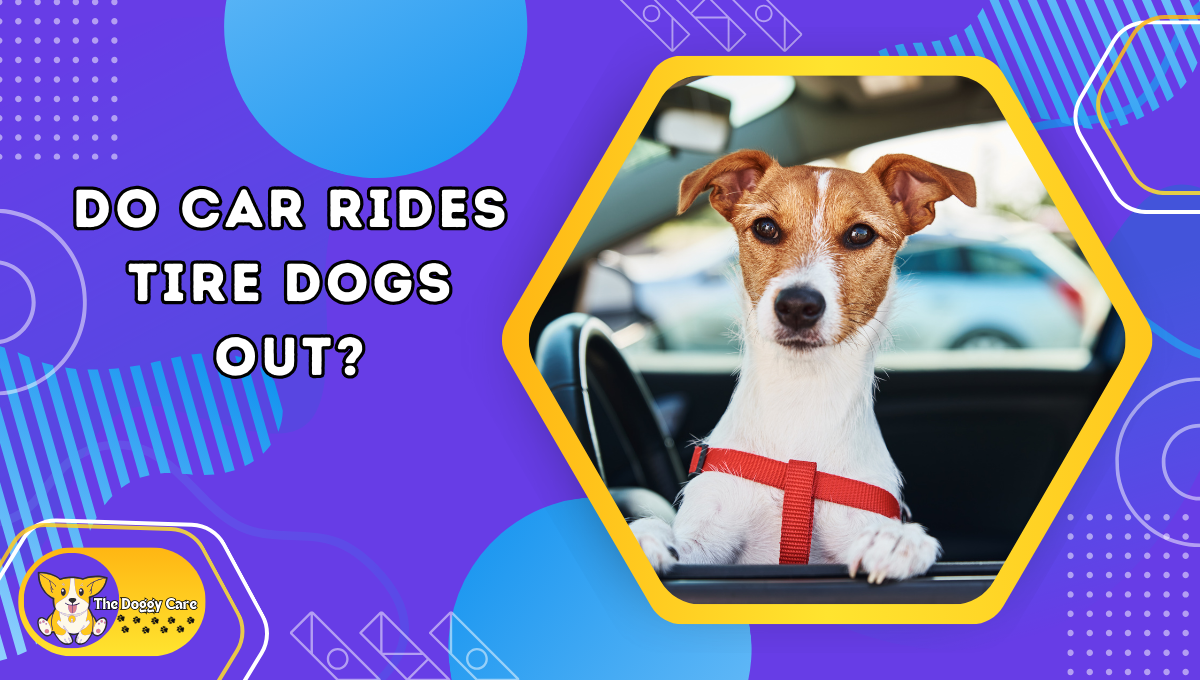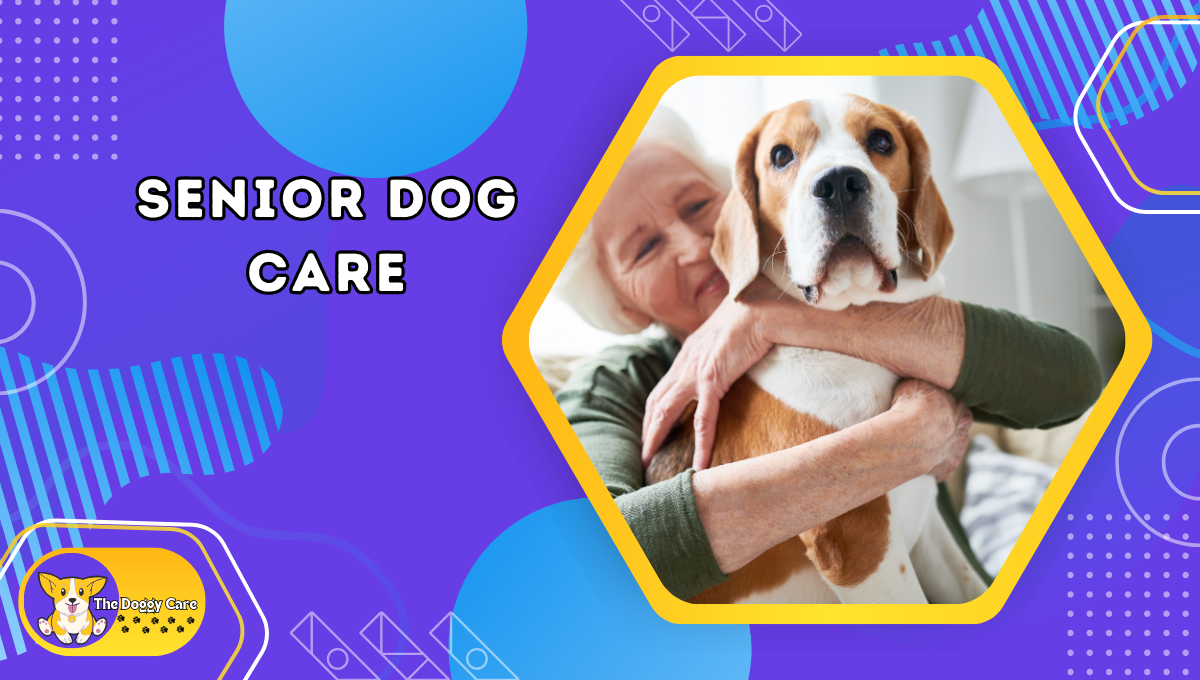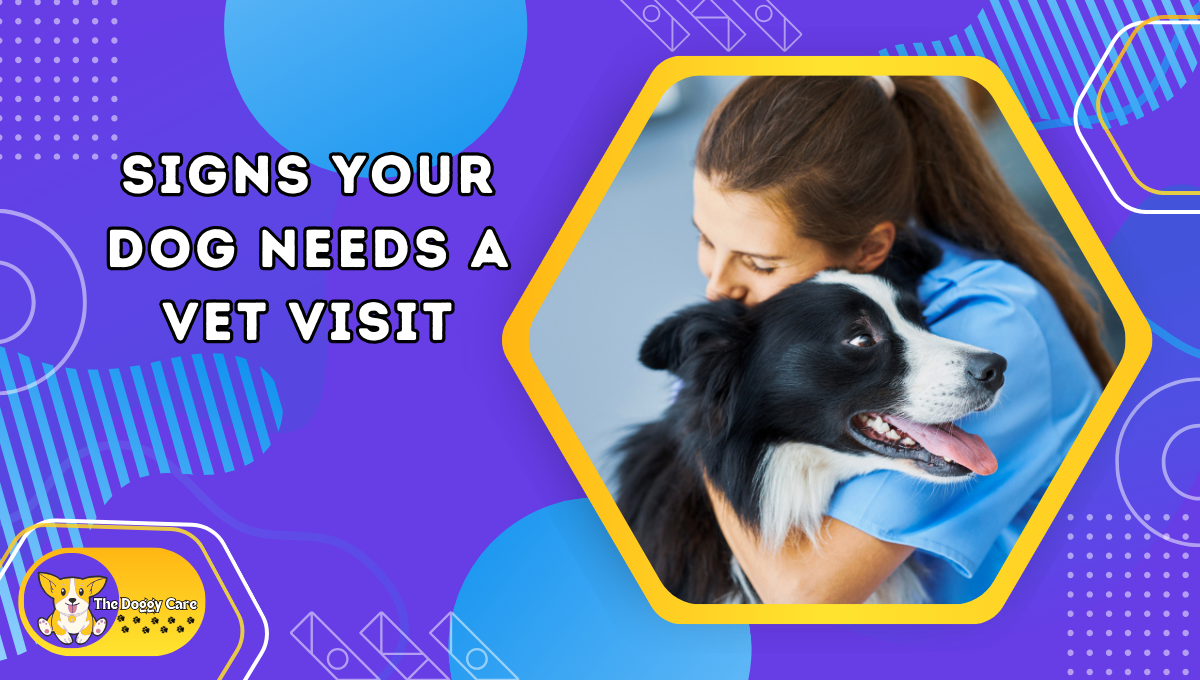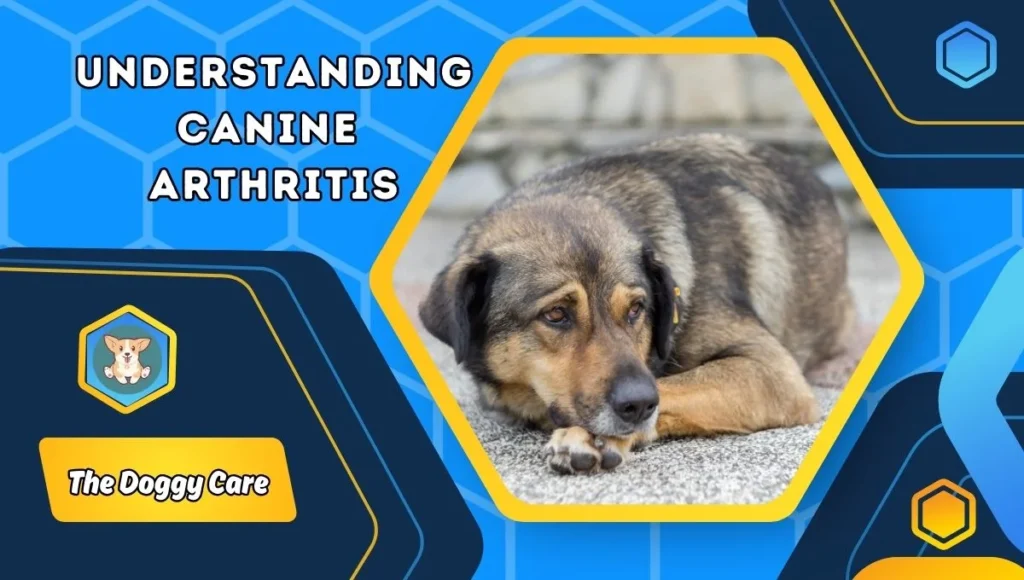Have you ever wondered if car rides tire dogs out? Whether you’re planning a road trip or just a short drive to the park, it’s important to understand how these journeys can affect your furry friend.
Dogs, like humans, experience various physical and emotional responses during car rides.
This article delves into the details, exploring why some dogs get tired from car rides and how you can ensure a positive experience for your pet.
Contents
- 1 Understanding Dog Behavior
- 2 Do Car Rides Tire Dogs Out?
- 3 Dogs and Car Rides: The Basics
- 4 The Science Behind Car Rides and Dogs
- 5 Factors Influencing a Dog’s Response to Car Rides
- 6 Signs That a Car Ride is Tiring Your Dog
- 7 Why Some Dogs Get More Tired Than Others
- 8 Tips for Making Car Rides Less Stressful for Dogs
- 9 The Benefits of Car Rides for Dogs
- 10 Potential Downsides of Car Rides for Dogs
- 11 Managing a Dog’s Energy Post-Car Ride
- 12 Training Your Dog to Enjoy Car Rides
- 13 Veterinarian Insights on Dogs and Car Rides
- 14 Case Studies: Real Stories from Dog Owners
- 15 FAQs
- 16 Conclusion
Understanding Dog Behavior
Dogs are known for their boundless energy, but this energy level can vary significantly based on breed, age, and individual temperament.
Certain breeds, like Border Collies, are naturally high-energy, while others, like Bulldogs, are more laid-back.
Puppies and young dogs tend to be more active compared to older dogs, who may prefer lounging around. Individual temperament also plays a role; some dogs are naturally more excitable, while others are calm and reserved.
Activities like playing fetch or going for a walk are typical energy burners, but mental stimulation, such as training or new experiences like car rides, also significantly impact a dog’s overall energy levels. Understanding these factors helps in managing their behavior and ensuring their well-being.

Do Car Rides Tire Dogs Out?
Yes, car rides can tire dogs out. The combination of sensory stimuli, physical exertion to maintain balance, and potential stress or anxiety can lead to fatigue in some dogs.
Factors like breed, age, health, and previous experiences influence how each dog responds to car rides.
Observing signs of fatigue, providing comfort during rides, and gradually acclimating your dog to car travel can help mitigate tiredness and ensure a positive experience for your furry companion.
Dogs and Car Rides: The Basics
Car rides with dogs can happen for many reasons—vet visits, trips to the park, vacations, or errands. Each ride is a unique adventure for your dog, filled with new sights, sounds, and smells.
Dogs generally react with excitement, anxiety, or indifference, influenced by their past experiences and temperament.
While some dogs may love the thrill of a ride, others may feel uneasy or stressed. Understanding your dog’s typical response to car rides can help you prepare and make the experience more enjoyable for them. This basic knowledge is essential for ensuring your dog’s comfort and safety during trips.
The Science Behind Car Rides and Dogs
When dogs are in a moving vehicle, they experience a multitude of sensory inputs. The rapid movement of objects outside the window, the constant sound of the engine, and the vibrations from the road all contribute to sensory overload. This influx of stimuli can be both exciting and exhausting for dogs.
Additionally, maintaining balance in a moving car requires physical effort, engaging their muscles and coordination.
For some dogs, this can lead to fatigue, especially during longer trips. The combination of mental stimulation from new sights and sounds, along with the physical effort of staying upright, explains why car rides can be tiring for dogs.

Factors Influencing a Dog’s Response to Car Rides
Several factors determine how a dog responds to car rides. Breed-specific tendencies play a major role; some breeds are more prone to anxiety, while others are naturally adventurous.
Age and health are crucial considerations as well; older dogs or those with health issues may find car rides more tiring and stressful.
Previous experiences also shape a dog’s reaction—positive experiences can make future rides enjoyable, while negative ones can lead to fear and anxiety.
Additionally, the duration and conditions of the ride, such as the smoothness of the journey and the temperature inside the car, can significantly impact a dog’s comfort and response. Understanding these factors helps in making car rides more pleasant for your dog.
Signs That a Car Ride is Tiring Your Dog
Observing your dog’s behavior can reveal if a car ride is tiring them out. Look for excessive panting, drooping ears, or a noticeable decrease in energy levels.
Some dogs may become unusually quiet or appear more subdued than usual. After the ride, they might seek out a place to rest immediately or sleep more than usual.
Other signs include reluctance to get back into the car, increased yawning, or showing less interest in activities they typically enjoy. Recognizing these signs can help you gauge your dog’s comfort and ensure their well-being during and after car rides.
Why Some Dogs Get More Tired Than Others
Individual differences among dogs explain why some get more tired from car rides than others. A dog’s personality plays a big role; more anxious or excitable dogs might expend more energy reacting to stimuli during the ride.
Previous experiences also matter—dogs with negative car ride experiences may become more stressed and thus more exhausted.
Physical factors like age, health, and breed-specific traits affect fatigue levels, too. For instance, older dogs or those with health issues might tire more quickly.
Environmental factors, such as the duration of the trip and the smoothness of the ride, can also contribute to how tired a dog feels afterward. Understanding these nuances helps in tailoring car rides to your dog’s needs.
Tips for Making Car Rides Less Stressful for Dogs
To make car rides more enjoyable for your dog, start by taking short, frequent trips to build positive associations.
Use a comfortable, secure car seat or crate to keep them safe and cozy. Bring along familiar items like their favorite blanket or toy to provide comfort.
Ensure your dog is well-hydrated and has had a chance to relieve themselves before the journey. Keep the car cool and well-ventilated to avoid overheating. Play soothing music to create a calming environment.
Additionally, avoid feeding your dog right before the ride to prevent motion sickness. Positive reinforcement, such as treats and praise, can also help make car rides a positive experience for your furry friend.
The Benefits of Car Rides for Dogs
Car rides offer several benefits for dogs, providing more than just a way to get from one place to another. They can serve as a source of mental stimulation, exposing dogs to new sights, sounds, and smells that they wouldn’t encounter at home.
This sensory enrichment can keep your dog mentally sharp and engaged. Additionally, car rides often lead to exciting destinations like parks, hiking trails, or playdates, which can increase physical activity and socialization.
Regular car rides can also strengthen the bond between you and your dog, as they learn to associate the car with enjoyable experiences and spending quality time with you.
Potential Downsides of Car Rides for Dogs
Despite the benefits, there are potential downsides to car rides. Over-stimulation can lead to stress and fatigue. Motion sickness is another common issue, causing discomfort and anxiety. It’s essential to recognize and address these problems to ensure your dog’s well-being.
Managing a Dog’s Energy Post-Car Ride
After a car ride, it’s important to help your dog relax. Provide a calm environment and avoid high-energy activities immediately after the trip. A gentle walk can help them unwind and process the experience without overwhelming them further.
Training Your Dog to Enjoy Car Rides
Training can significantly improve your dog’s car ride experience. Start with short, positive trips, gradually increasing the duration as your dog becomes more comfortable. Use treats and praise to reinforce good behavior, and ensure the car is a pleasant place for them.
Veterinarian Insights on Dogs and Car Rides
Veterinarians can offer valuable advice on making car rides safe and enjoyable for your dog. They might recommend specific strategies or products to alleviate anxiety or motion sickness. Regular check-ups can also ensure your dog is healthy enough for frequent car rides.
Case Studies: Real Stories from Dog Owners
Hearing from other dog owners can provide practical insights. Stories from owners of different breeds reveal a range of experiences and solutions. These real-life examples can help you understand what might work best for your dog.
FAQs
Do all dogs get tired from car rides?
No, not all dogs get tired from car rides. It depends on factors like breed, age, health, and individual temperament.
How can I tell if my dog is tired after a car ride?
Look for signs such as excessive panting, drooping ears, and a general decrease in energy. Behavioral changes like reluctance to re-enter the car or increased sleepiness are also indicators.
What can I do to help my dog enjoy car rides more?
Prepare your dog with short trips, use comfortable and secure car accessories, and bring familiar items. Positive reinforcement and gradual exposure can also help.
Are there any health risks associated with car rides for dogs?
Potential risks include over-stimulation, stress, and motion sickness. Consult your veterinarian for advice tailored to your dog’s needs.
Can car rides be beneficial for my dog?
Yes, car rides can provide mental stimulation and strengthen the bond between you and your dog. They offer new environments and experiences that can be enriching for your pet.
Conclusion
Understanding how car rides affect your dog is crucial for their well-being. While car rides can be tiring, they also offer opportunities for mental stimulation and bonding. By recognizing signs of fatigue and taking steps to make the journey enjoyable, you can ensure your dog has a positive experience.



























